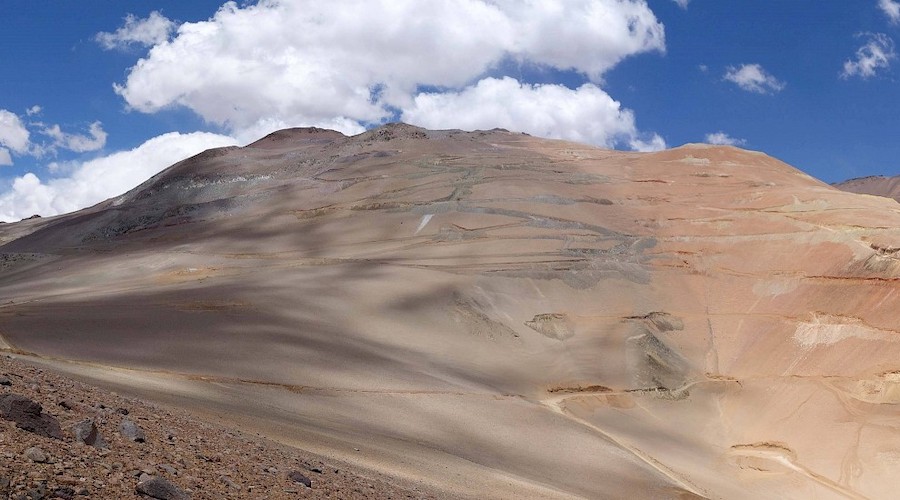
A group of companies that are part of the Argentinian Chamber of Mining Entrepreneurs have launched a “Copper Board” to push for $22 billion in investments that would benefit copper projects in the western provinces of Catamarca, Salta and San Juan.
According to local media, the entrepreneurs behind the initiative want to garner interest in copper ventures that haven’t moved forward fast enough due to a lack of support.
The companies behind the new board are those leading the Los Azules, Taca Taca, Mara, Josemaría, Filo del Sol, El Altar and El Pachón projects, all of which are in different stages. They are pushing for tax deals that would allow them to reach the production stage.
Los Azules is an advanced exploration project led by Canada’s McEwen Mining in San Juan. It has reserves amounting to 13.4 million tonnes of ore and an estimated annual production of 186,000 tonnes of copper.
Taca Taca is also an advanced exploration project led by Canada’s First Quantum Minerals in Salta. Its reserves amount to 11.65 million tonnes and has an estimated annual production of 227,000 tonnes of copper.
Located in Catamarca, Mara is a pre-feasibility exploration project being advanced by Canada’s Yamana Gold, Switzerland-based Glencore and US miner Newmont. Its reserves amount to 7.8 million tonnes and its estimated annual production would be 155,000 tonnes of copper.
Josemaría is in the construction stage, located in San Juan and is operated by Canada’s Lundin Mining. It hosts 4.6 million tonnes of ore reserves and has an estimated annual production of 280,000 tonnes of copper.
Filo del Sol is located in San Juan. It is a pre-feasibility exploration project operated by Canada’s Filo Mining with the expectation to produce 67,000 tonnes of copper per year. It has reserves of 1.8 million tonnes of ore.
El Altar is an advanced exploration project in San Juan led by Canada’s Aldebaran Resources and South Africa’s Sibanye Stillwater. Its reserves amount to 5.96 million tonnes and its expected annual production is of 127,000 tonnes of copper.
Finally, the advanced exploration project El Pachón is also located in San Juan. It is being developed by Glencore and it has reserves of 15.1 million tonnes for an estimated annual production of 131,000 tonnes of copper.
Data provided by the Mining Secretariat show that, together, these seven projects represent 63.1 million tonnes of copper resources, which could result in an annual production of 1.2 million tonnes of the red metal.
If they actually reach production, Argentina’s copper exports could rise to $11 billion per year. However, given how long it takes to develop a copper operation, if the seven mines do go ahead, the country expects large-scale production to be reached by 2030.
Despite being next door to Chile — the world’s top copper producer — Argentina’s large-scale copper mining industry only launched in 1997 with the Bajo la Alumbrera mine, operated by the Argentinian state together with Xstrata Plc, Goldcorp and Northern Orion Resources, located in the Catamarca province and which ceased operations in 2018.
The South American country hasn’t produced significant amounts of copper since then.